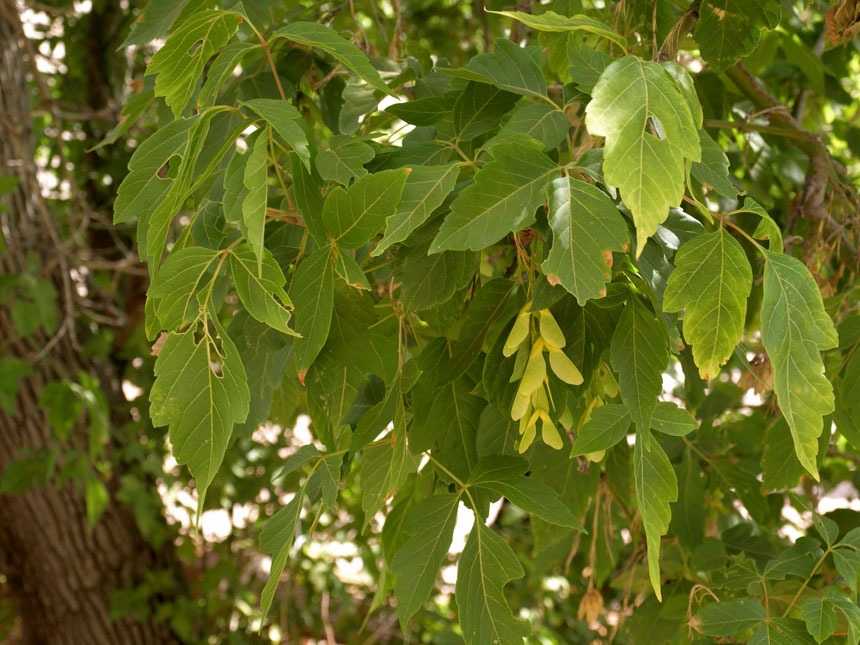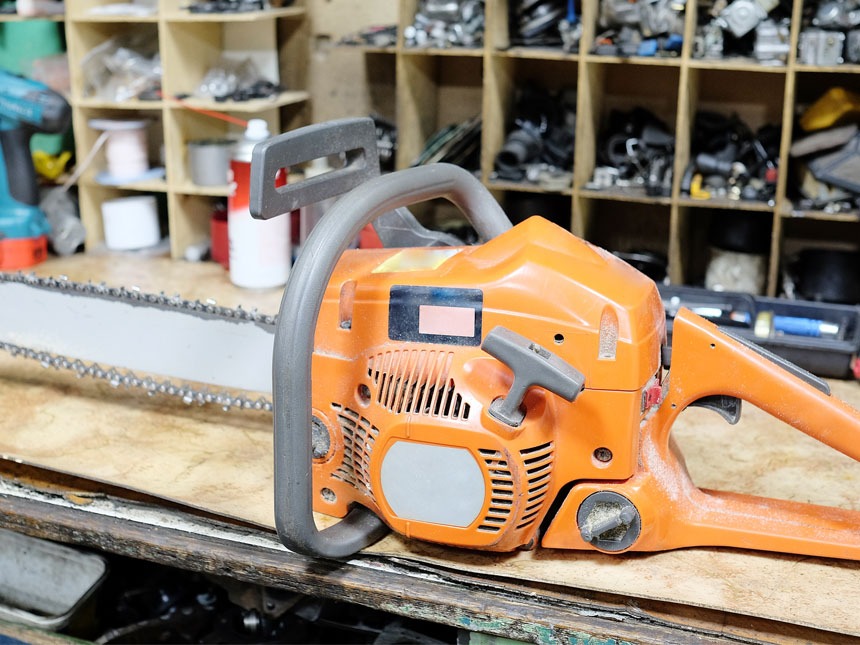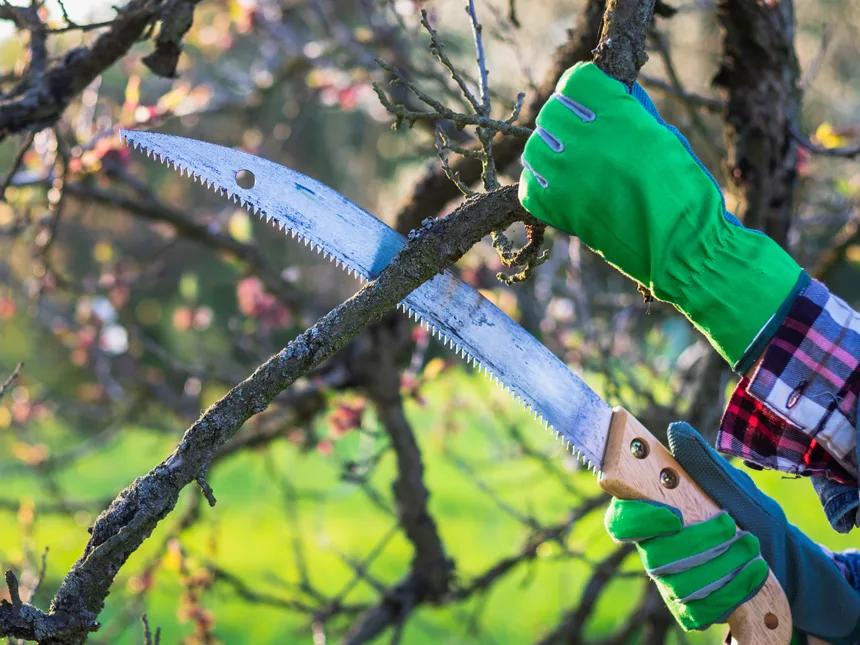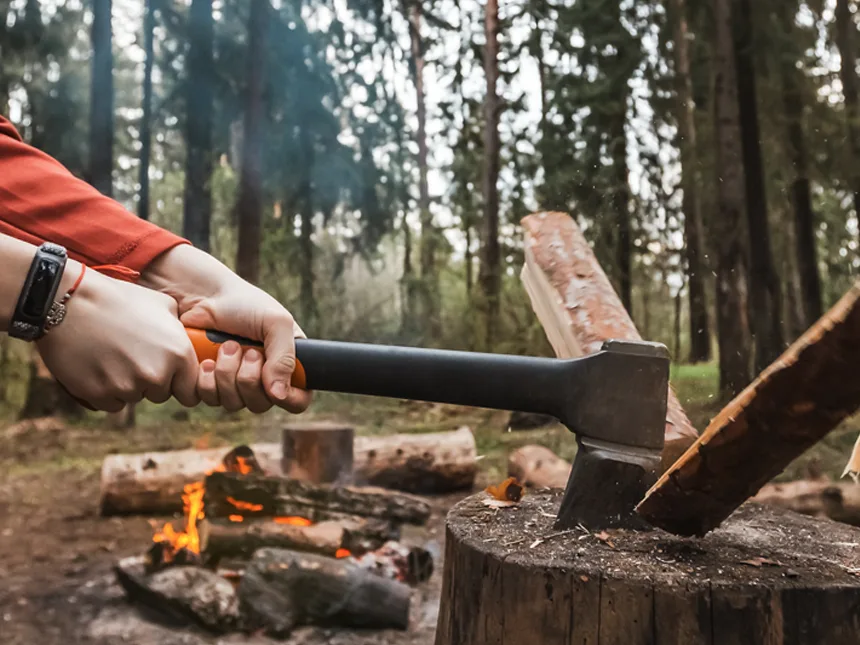Boxelder Firewood Guide

Timber Gadgets is reader-supported. We may earn a commission if you buy through the links on our site.
Boxelder firewood is average at best, comparatively speaking. It belongs to the Maple family but has some differences. Boxelder is a low-density hardwood and has softwood-like properties. It burns fast and gives high heat but for only a short time.
It’s certainly nothing to turn away, especially if you can get it for free. Boxelder finds its preferable use in making bowls, art sculptures, and furniture. Its wood has red streaks which gives it a beautiful appearance.
While still green it is heavy but after seasoning, it loses a lot of moisture and gets very light. It is not reliable for long nights so it is advised to mix it with high-density hardwood like oak or beech to get a long-lasting fire.
Table of Contents
Burn Qualities of Boxelder Firewood
BTU: 18.3 million BTUs per cord
Weight: 2632 lbs. per cord (Dry)
Seasoning Time: About 8 months
Splitting Difficulty: Easy to medium
Smoke: Low
Smell: Bad
Boxelder has a BTU rating of 18.3 which is low compared to firewood like Beech or Pecan. It does, however, have a great kindling property and can serve as a starter. Because it burns out fast, you may end up replenishing your stove more often.
It gives a foul smell, especially if it is wet. You can often find this firewood for free as it’s considered a nuisance tree due to boxelder bugs. Its wood is soft and tends to break easily with the wind. Having said that, it’s worth hauling home if you’re able to get it for free.
Heat Output
Boxelder has a below-average BTU but it burns fast and gives high heat in the meantime. Overall heat production per cord volume is low. One cord burns to give 18.3 million BTUs whereas some high-density hardwood outputs up to 30 million BTUs.
Smoke & Creosote
Fully seasoned firewood doesn’t produce a lot of smoke. Always remember that unseasoned firewood will give off more smoke. High smoke causes a lot of creosote to build up inside your chimney.
Creosote is a dark, tar-like chemical and combustible. It deposits inside chimney walls layer by layer and if layers get too thick, they can catch fire.
Burning fully seasoned firewood with moisture content below 20 percent produces minimum creosote for any firewood as compared to wet wood.
Spark
Boxelder throws few sparks but still, it is advisable to use glass screens in front of your stove to avoid any mishap. Wet firewood creates more sparks because with heat moisture vaporizes to create pressure, which makes wood pop and throw sparks.
Smell
Boxelder carries a bad smell although it is not as bad as some. Completely seasoned firewood will produce a very low smell whereas wet firewood gives off more.
Burning indoors can be more problematic than outdoors, of course, because of the smell.
Coals
As we have described the Boxelder burns fast and short. These properties are consistent with its coals which do not last long and burn out quickly. So, the coal quality from the boxelder is low.
Splitting Boxelder Firewood
It is easy to moderate difficulty to split. Due to its straight grain, it mostly split evenly but, if you counter knots and branches, it can be a little challenging.
Related: Best Splitting Mauls
Comparing Boxelder to Other Firewood
For its heat output, Boxelder is mostly good only for shoulder months and doesn’t perform exceedingly well in extreme cold. While you can get this firewood free and it is easier and fast to process, it is worth some attention.
Here we have a table to compare between popular firewoods.
| Species | Weight (lbs./Cord) Dry | Heat per Cord (Million BTUs) |
|---|---|---|
| Pecan | 4500 | 28.5 |
| Beech | 3760 | 27.5 |
| Sweetgum | 2592 | 21.3 |
| Elm, American | 2872 | 20.0 |
| Boxelder | 2632 | 18.3 |
| Pine, Ponderosa | 2336 | 16.2 |
| Pine, White | 2250 | 15.9 |
| Fir, White | 2104 | 14.6 |
| Redcedar, Eastern | 2060 | 13.0 |
How Long to Season Boxelder Firewood?
It carries a high amount of moisture but dries out fast. It takes around 8 – 12 months to dry below 20 percent.
Proper seasoning requires following standard practices for fast and thorough seasoning. Arrange firewood in well-aerated racks raised a few inches from ground level to avoid moisture and decay. Place the racks away from fences and shade in an open area.
Identifying Boxelder Trees
Boxelder is grown in USDA zones 2 to 9 and needs full sun or partial shade. It attains a maximum height of 80 feet, has several trunks, and belongs to the Maple family. Boxelder is often called Manitoba Maple or Ash Maple. Its wood is very soft and branches break easily with the wind.
Commonly found in North America, it is among the most abundant trees in the area. Boxelder bugs are a real nuisance and are attracted to their long clusters of seeds. These are not particularly harmful but they smell really bad if you accidentally crush one. Removing them from your home is hard.
Leaves
It has compound leaves similar to maples and contains 3 to 7 leaflets per leaf. Leaves have a light green color which turns yellow in fall. Leaf has three lobes and irregularly toothed margins with a pointed tip.
Bark
Bark has a grey to light brown color with deep fissures.
Featured photo by: Jim Morefield Flickr (CC BY-SA 2.0)






